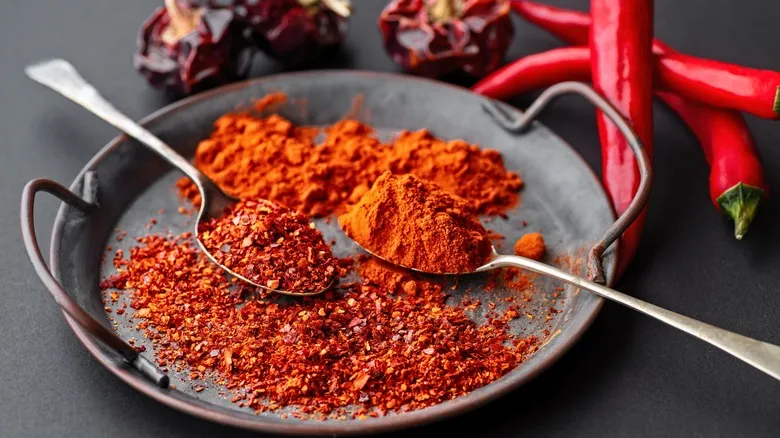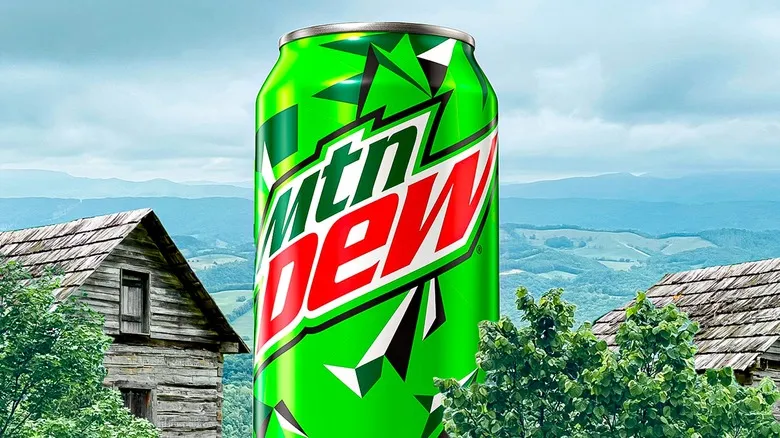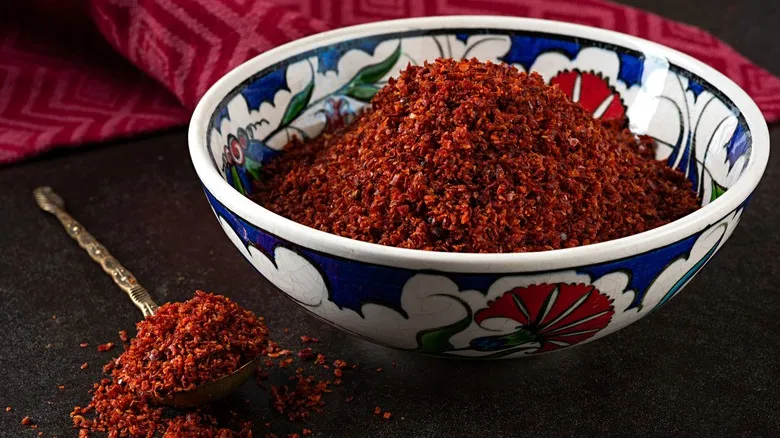What distinguishes the different kinds of paprika?

This spice has been utilized in a variety of cuisines globally and is a dependable choice for creating flavorful dishes. However, not all paprika is created equal; if you've ever sampled and contrasted different types, you're likely aware of this. Paprika can be classified based on its flavor profile (typically sweet, spicy, or smoky), but another way to categorize its many forms is by region. This approach highlights the distinct characteristics of regular, Hungarian, and Spanish paprika.
Regular or standard paprika is probably the one you recognize most; it’s the most widely available type and is neither smoky nor excessively sweet. You can think of it as the baseline paprika against which others are measured.
Hungarian paprika is quite varied, which is fitting since it is the national spice of Hungary. This type ranges in sweetness and heat, with the most prevalent variety, Noble Sweet, leaning towards the sweeter end of the spectrum.
In contrast, Spanish paprika, often referred to as "pimenton," pays homage to the pimento pepper. The pimento differs from the typical red pepper and produces a spicier paprika. Occasionally, the peppers are roasted or charred before being ground, resulting in a smoky flavor. With such a wide array of paprika available, you have an incredibly easy way to enhance your dishes — all it takes is a dash of spice.
Recommended

The Exact Difference Between Maine And Connecticut Lobster Rolls

Why Mountain Dew Is So Beloved In Appalachia

What Is A Boilermaker, And What's The Right Way To Drink It?

The Traditional Australian Breakfast Looks A Lot Like A Plate From England
Next up

